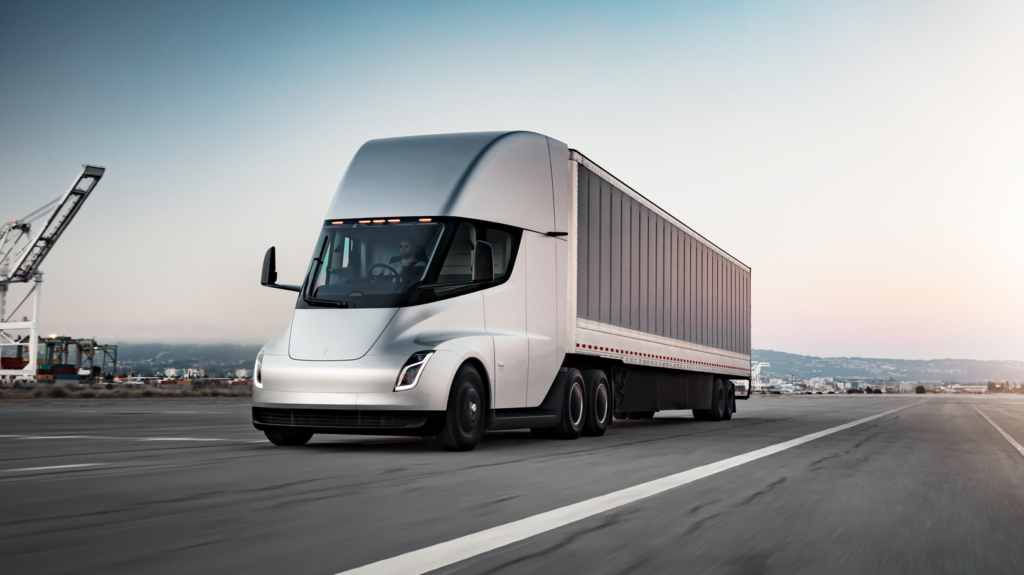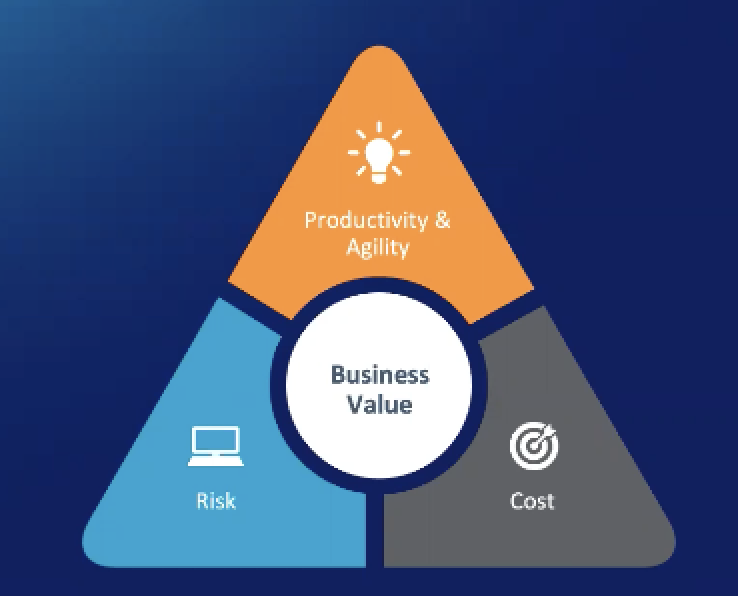The future is arriving faster than you think.
By 2030, fully automated vehicles are expected to account for 12% of global vehicle sales—a number that hikes to 20% for new vehicle sales in China. Tomorrow, 1st December, the first electric, semi-autonomous lorries with a range of 500 miles roll off the Tesla production line – headed to Pepsi.
Also just seven years away are chips with more than 300 billion transistors, proof that Moore’s Law, which posits that the number of transistors on microchips doubles roughly every two years, is still alive and relevant. I was going to tell you how close a comparison these numbers are to the processing power of the human brain but we still have a way to go as a single human neuron outperforms a single semiconductor transistor…for the moment anyway.
And next year North America will surpass 13 connected devices per person (Western Europe will top 9 and global averages will clock over 3.6).

So I repeat: the future is arriving faster than you think. And given these headlines, it is understandable that, while I have participated in many conversations with business leaders in the last few months, all have shared a common thread: how do we keep up and thrive in this future world?
I will start with some reassurance; these changes should not come as a surprise as organisations have been honing excellent coping mechanisms since circa 2020. In this future, workforces are dispersed, infrastructure and software are decentralised in the cloud, and data continues to grow exponentially (both in creation and usage). But these are all conditions we are already catering for.
Taking learnings from these recent changes, I believe there are three core areas of focus that digital leaders need to prioritise in order to best position their organisation for success in this fast changing future. These core areas are:
- Security and network talent and skills transformation, which—according to Gartner—includes prioritisation for:
- Incident containment and remediation
- Cloud security
- Third-party risk management
- Zero-trust principles
- Data protection
- Network transformation, including;
- Cost efficiencies
- “Direct to Net” modernisation
- Routing and path selection
- Redundancy, resiliency, availability
- Digital experience management
- Security transformation, including;
- Identity and context driven approaches
- Real-time visibility and response
- Risk management and procedural control
- Ecosystem integrations
- Real-time employee education
I further sourced the sub-categories for the network and security transformation imperatives through research with CIOs and CISOs at a number of IDG workshops over the past few months. In those conversations I was very heartened to hear the strong consensus that these transformations cannot happen in a silo, both because the execution becomes politically challenging and because the outcomes will be limited. And there is also growing understanding that SASE (secure access service edge) programmes are a natural convergence of these priorities. Network and security “must-haves” are driving SASE, and SASE also holds the key to addressing competency gaps through automation, actionable intelligence, and outsourced support.
While network and security teams are being advised to run, transform and grow similar to most business units, they are being asked to deliver critical projects to support the huge acceleration in business transformation. Of course, it can be easy to forget to pause and assess success. But the conversations I have been a part of show that digital leaders are optimising business value by finding the right balance of agility, risk, and cost; a methodology that will serve us all well as we determine our course into the future.

The future is arriving faster than you think. And the innovation it brings would challenge us even if our present wasn’t politically, socially, and economically uncertain already. Gartner’s 2022 “CEO and Senior Business Executive Survey” saw CEOs place environmental sustainability in their top 10 priorities for the first time ever. It also reported that 62% of leaders see inflation as a persistent or long term issue, and 48% of CFO respondents believe supply chain volatility will last beyond 2022.
The future of our organisations, our society, and our economy, will not be the same as the present. In order to thrive, digital leaders need to continuously redesign the way we support our organisations—including a rethink of technology architectures, teams and talent, and our approach to supply chains and vendors. Strategic, proactive, and near-constant change is the way to be ready; and we need to be ready—because the future is arriving faster than you think.




 Back
Back 





















 Read the blog
Read the blog